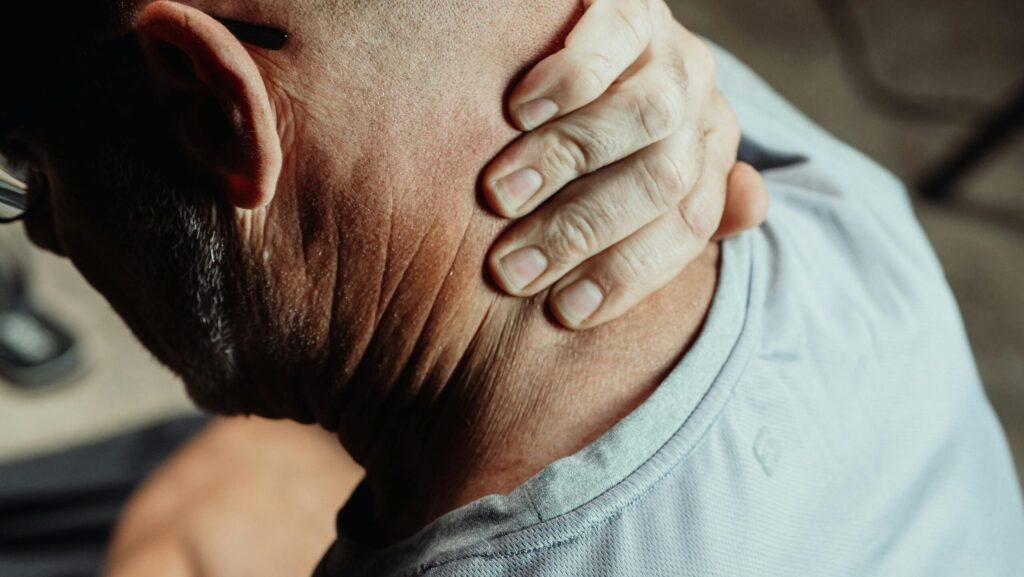Arthritis can make everyday movement feel like a task. For seniors, it can interrupt routines, delay chores, and reduce your ability to do things you used to enjoy. The right treatment helps ease stiffness, manage pain, and support your ability to stay active and independent.
Common Types of Arthritis in Older Adults
Arthritis includes several forms, each with its own causes and effects. The most common type among older adults is osteoarthritis. This form of arthritis usually affects weight-bearing joints like the hips, knees, and lower back. Years of wear and tear break down cartilage, leaving bones to rub against each other.
Rheumatoid arthritis is another type of arthritis. Unlike osteoarthritis, it’s an autoimmune disease. The body’s immune system mistakenly targets the lining of joints, causing inflammation and damage. This type often appears earlier in life, but its effects carry into the senior years.
Inflammatory arthritis also includes conditions like gout and psoriatic arthritis. These types bring sudden swelling, redness, and sharp joint pain. Over time, chronic inflammation can lead to joint damage if untreated.
Arthritis Treatment Options for Seniors
Your doctor may recommend arthritis treatment that includes a combination of medication, physical support, and changes in daily habits. Medication can relieve pain or reduce inflammation, while movement-based therapies help improve how your joints work. Treatment depends on the specific type of arthritis you have, how advanced it is, and your medical history. Instead of aiming to eliminate the condition entirely, the focus is on controlling inflammation, easing discomfort, and keeping you as active as possible.
Mild to moderate arthritis can often be managed without surgery. Anti-inflammatory medication, targeted physical therapy, and changes to daily routines are typically part of the approach. When joint damage progresses and pain limits movement despite conservative care, procedures like joint replacement or joint fusion may be considered.
Your plan should match your symptoms, your level of exercise tolerance, and the form of arthritis you have.
How Physical Therapy and Exercise Help
Physical therapy plays a major role in maintaining joint function. A physical therapist can guide you through specific movements that build strength around affected joints. This support reduces pressure on the joint itself and can ease stiffness.
You might also work with an occupational therapist. While a physical therapist focuses on movement, an occupational therapist helps you adapt your home or tools to stay independent during daily activities.
Exercise supports joint health when matched to your condition and limits. Low-impact movements like walking, swimming, or cycling help keep your joints flexible without overstressing them. If you have severe pain, start with short sessions and increase as tolerated. An exercise program customized to your limits makes a difference. Your provider may create an exercise plan that targets your weaker joints while avoiding injury.
Regular exercise helps control weight too, which is important. Extra weight places more stress on your knees, hips, and spine. Even a modest weight loss can ease joint pressure and reduce pain.

Diet and Lifestyle Adjustments
Maintaining a healthy weight is one of the most effective ways to ease strain on joints. A healthy diet that includes anti-inflammatory foods, like leafy greens, fatty fish, nuts, and berries, can support overall joint health. Avoiding processed foods, sugars, and excess salt also helps manage inflammation.
Some seniors benefit from alternative therapies. These can include acupuncture, massage, or tai chi. While not every method works for everyone, many people find extra support when these are used alongside traditional treatments.
Hydrotherapy, or water-based exercise, is another option. Gentle stretching in warm water allows your joints to move with less pressure. If you’re stiff in the morning, a hot bath or using a heating pad can help reduce discomfort before starting your day.
Medications and Monitoring
Doctors may recommend over-the-counter pain relief for mild arthritis symptoms. Acetaminophen or nonsteroidal anti-inflammatory drugs (NSAIDs) like ibuprofen are often the first step. For chronic or severe cases, prescription medication may be needed to reduce inflammation or slow disease progression.
Blood tests may be ordered to track inflammatory markers or diagnose specific types of arthritis. Imaging tests like X-rays or MRIs help assess joint space and the condition of soft tissue around the joint. Joint fluid may be collected to confirm a diagnosis or rule out infections.
These tools help doctors decide whether the condition is stable or getting worse. Regular follow-ups and physical exams allow your care team to adjust treatment based on changes in your joints or symptoms.
When Surgery Becomes an Option
If pain is constant and movement becomes limited, surgery may be discussed. Joint replacement is common for hips and knees that are severely damaged. In this procedure, the surgeon removes worn-out parts of the joint and replaces them with artificial components.
Another option is joint fusion, typically used for smaller joints in the fingers or ankles. This involves joining two bones so they heal into one, removing the movement that causes pain.
Surgery is usually the last option after other approaches stop working. Your doctor will consider your age, health, and lifestyle when deciding if surgical treatment is appropriate.
Daily Adjustments and Managing Triggers
Sometimes, managing arthritis means paying attention to what causes flare-ups. Overuse, certain foods, poor sleep, and inactivity can all make symptoms worse. Staying consistent with your exercise plan and using support tools like canes, braces, or supportive shoes can keep you active without stressing your joints.
Many people also find that joint pain worsens with cold or damp weather. In those cases, layering clothes or using a heating pad can offer relief.
Final Thoughts
Arthritis can cause long-term discomfort, but many treatments are available to help you manage it. You have several options that can reduce pain, protect joints, and help you stay active. Working with a trusted doctor and care team allows you to find what works best for your body and lifestyle.
Finding the right combination of treatments often takes some trial and adjustment. What helps is staying consistent with your care plan and being open to changes when symptoms shift. Small improvements in comfort and movement can add up over time, especially when you focus on practical steps that fit into your daily routine.



 David Benefiel is a seasoned fitness professional and passionate writer for My Healthy Living and Strategies, where he focuses on delivering practical advice for maintaining a balanced and healthy lifestyle. With years of experience in strength training, nutrition, and holistic wellness, David offers in-depth guidance to help readers achieve their personal health goals, whether through tailored fitness plans, dietary changes, or mental wellness practices.
David Benefiel is a seasoned fitness professional and passionate writer for My Healthy Living and Strategies, where he focuses on delivering practical advice for maintaining a balanced and healthy lifestyle. With years of experience in strength training, nutrition, and holistic wellness, David offers in-depth guidance to help readers achieve their personal health goals, whether through tailored fitness plans, dietary changes, or mental wellness practices.